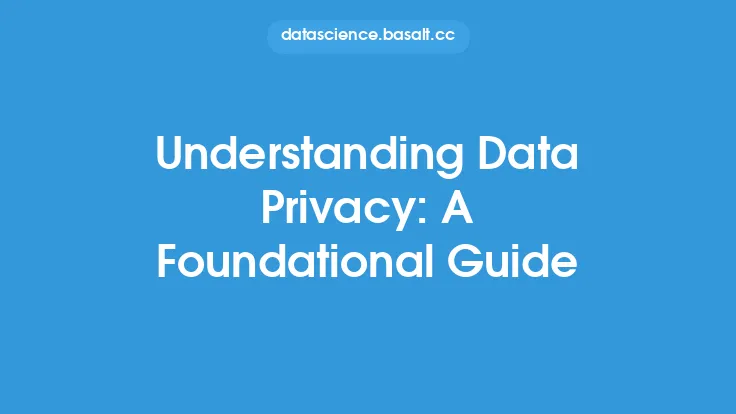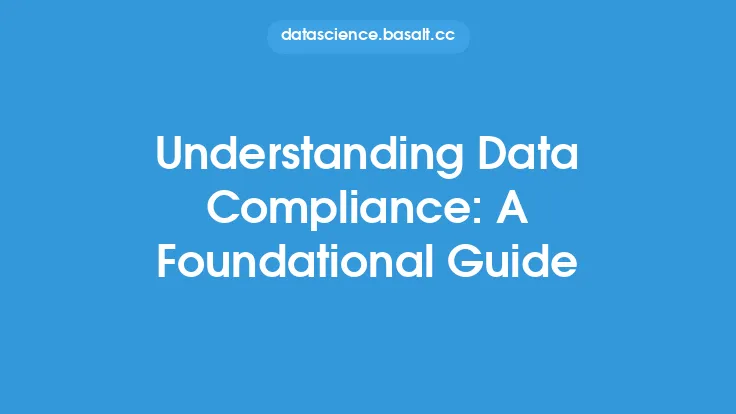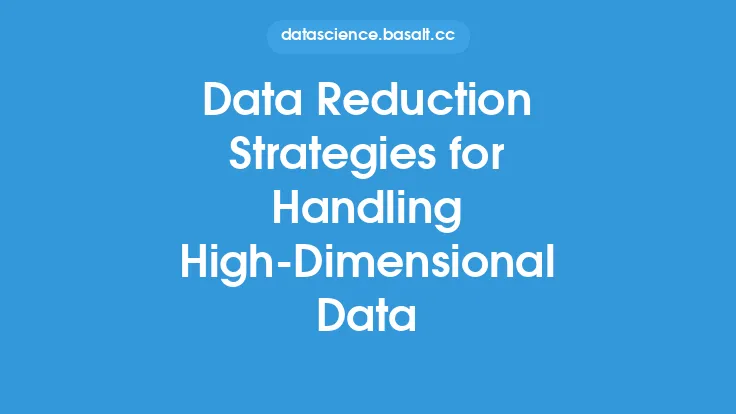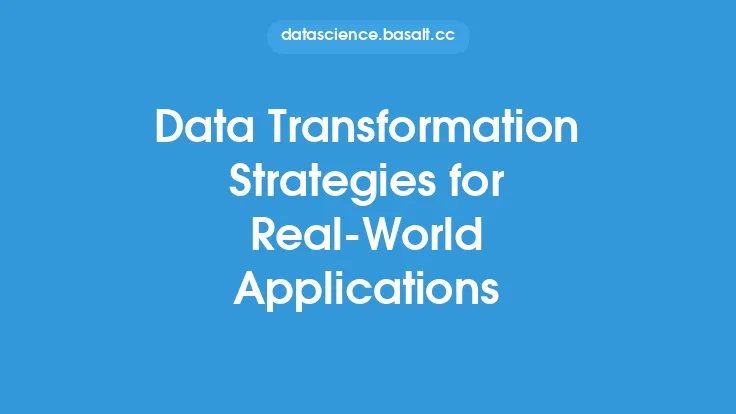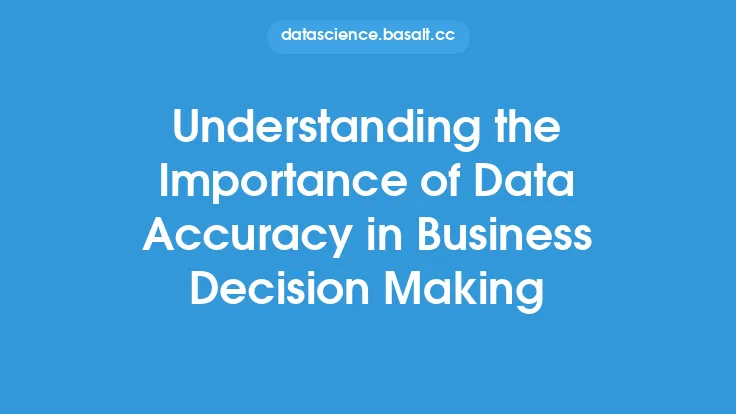Data loss prevention (DLP) is a critical aspect of data security engineering, as it helps protect sensitive information from unauthorized access, theft, or destruction. In today's digital age, organizations handle vast amounts of sensitive data, including personal identifiable information (PII), financial data, intellectual property, and confidential business information. The loss or unauthorized disclosure of such data can have severe consequences, including financial losses, reputational damage, and legal liabilities. Therefore, it is essential for organizations to implement effective DLP strategies to safeguard their sensitive data.
Introduction to Data Loss Prevention
Data loss prevention is a set of technologies and processes designed to detect, prevent, and respond to potential data breaches. DLP solutions aim to identify sensitive data, monitor its movement, and prevent unauthorized access, transmission, or storage. The primary goal of DLP is to protect sensitive data from insider threats, external attacks, and accidental data leaks. Effective DLP strategies involve a combination of technical, administrative, and physical controls to ensure the confidentiality, integrity, and availability of sensitive data.
Types of Data Loss Prevention
There are several types of DLP solutions, including:
- Network DLP: Monitors and controls data in motion, such as email, file transfers, and web traffic.
- Endpoint DLP: Protects data on endpoint devices, such as laptops, desktops, and mobile devices.
- Storage DLP: Secures data at rest, such as data stored on servers, databases, and file shares.
- Cloud DLP: Protects data in cloud storage, such as cloud-based file sharing and collaboration platforms.
Key Components of Data Loss Prevention Strategies
Effective DLP strategies involve several key components, including:
- Data Classification: Identifying and categorizing sensitive data based on its level of sensitivity and importance.
- Data Discovery: Scanning and identifying sensitive data across the organization's network, endpoints, and storage systems.
- Data Monitoring: Continuously monitoring data in motion and at rest to detect potential security threats.
- Data Protection: Implementing controls to prevent unauthorized access, transmission, or storage of sensitive data.
- Incident Response: Responding to potential data breaches and security incidents in a timely and effective manner.
Data Loss Prevention Techniques
Several DLP techniques can be used to protect sensitive data, including:
- Encryption: Encrypting sensitive data to prevent unauthorized access.
- Access Control: Implementing access controls, such as authentication and authorization, to restrict access to sensitive data.
- Data Masking: Masking sensitive data to prevent unauthorized access or disclosure.
- Data Loss Prevention Software: Using DLP software to monitor and control data in motion and at rest.
- User Education and Awareness: Educating users about the importance of data security and the risks associated with data loss.
Benefits of Data Loss Prevention
Implementing effective DLP strategies can provide several benefits, including:
- Protection of Sensitive Data: Preventing unauthorized access, theft, or destruction of sensitive data.
- Compliance with Regulations: Meeting regulatory requirements and industry standards for data security.
- Reducing Risk: Reducing the risk of data breaches and security incidents.
- Improving Incident Response: Responding to potential data breaches and security incidents in a timely and effective manner.
- Enhancing Reputation: Protecting the organization's reputation by preventing data breaches and security incidents.
Challenges and Limitations of Data Loss Prevention
While DLP strategies are essential for protecting sensitive data, there are several challenges and limitations to consider, including:
- Complexity: DLP solutions can be complex and difficult to implement and manage.
- Cost: Implementing and maintaining DLP solutions can be costly.
- False Positives: DLP solutions can generate false positives, which can lead to unnecessary alerts and incidents.
- Evasion Techniques: Attackers can use evasion techniques to bypass DLP controls.
- User Behavior: Users can intentionally or unintentionally bypass DLP controls, which can lead to data breaches and security incidents.
Best Practices for Implementing Data Loss Prevention
To implement effective DLP strategies, organizations should follow best practices, including:
- Conducting a Data Security Assessment: Assessing the organization's data security posture to identify vulnerabilities and risks.
- Developing a Data Loss Prevention Policy: Developing a DLP policy that outlines the organization's approach to data security.
- Implementing a Data Classification Scheme: Implementing a data classification scheme to identify and categorize sensitive data.
- Providing User Education and Awareness: Educating users about the importance of data security and the risks associated with data loss.
- Continuously Monitoring and Evaluating: Continuously monitoring and evaluating the effectiveness of DLP strategies and controls.
Conclusion
Data loss prevention is a critical aspect of data security engineering, as it helps protect sensitive information from unauthorized access, theft, or destruction. Effective DLP strategies involve a combination of technical, administrative, and physical controls to ensure the confidentiality, integrity, and availability of sensitive data. By understanding the types of DLP solutions, key components of DLP strategies, and DLP techniques, organizations can implement effective DLP strategies to protect their sensitive data. While there are challenges and limitations to consider, following best practices can help organizations overcome these challenges and implement effective DLP strategies.
